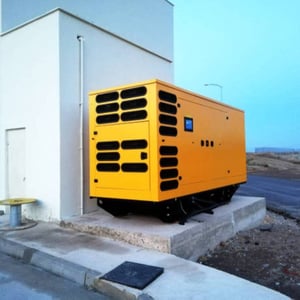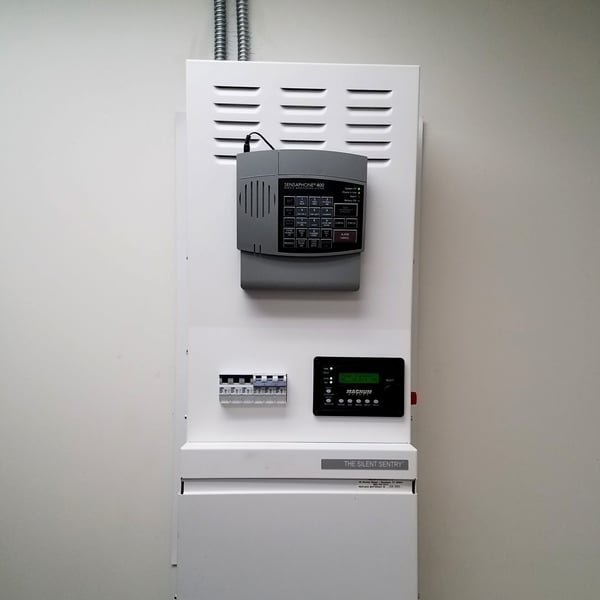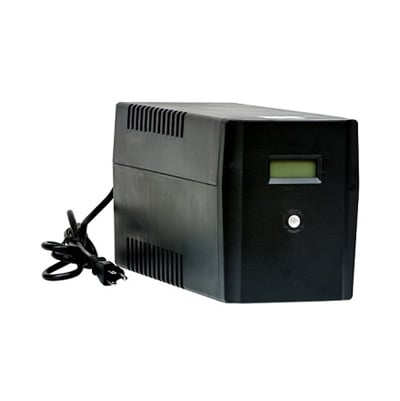We would like to hear from you
Contact Us!
Our sales and technical support staff are available 8-5 EST, Mon-Fri
When looking for the best backup power solution for your facility to handle power outages, there are more great options than ever. You now have many choices to meet your exact needs, whether it's for financial, operational, safety, or patient care goals.
You can choose from:
While there are many options available, it can be challenging to sort through all the information and feedback. This section of our learning center will help you quickly understand the pros and cons of the most popular options: Gas Power, Battery Power, and Consumer UPS Systems.
We will outline the key factors of each option: Initial Price, Recurring Costs, Power Delivery, and Power Storage. This will help you decide which solution best fits the needs of your facility.



This information is just the beginning of picking the best power solution for your facility. Look at the extra resources and articles in our learning center and on the Medi Products Blog to learn more. They will help you find the best backup power for your needs.
Our sales and technical support staff are available 8-5 EST, Mon-Fri